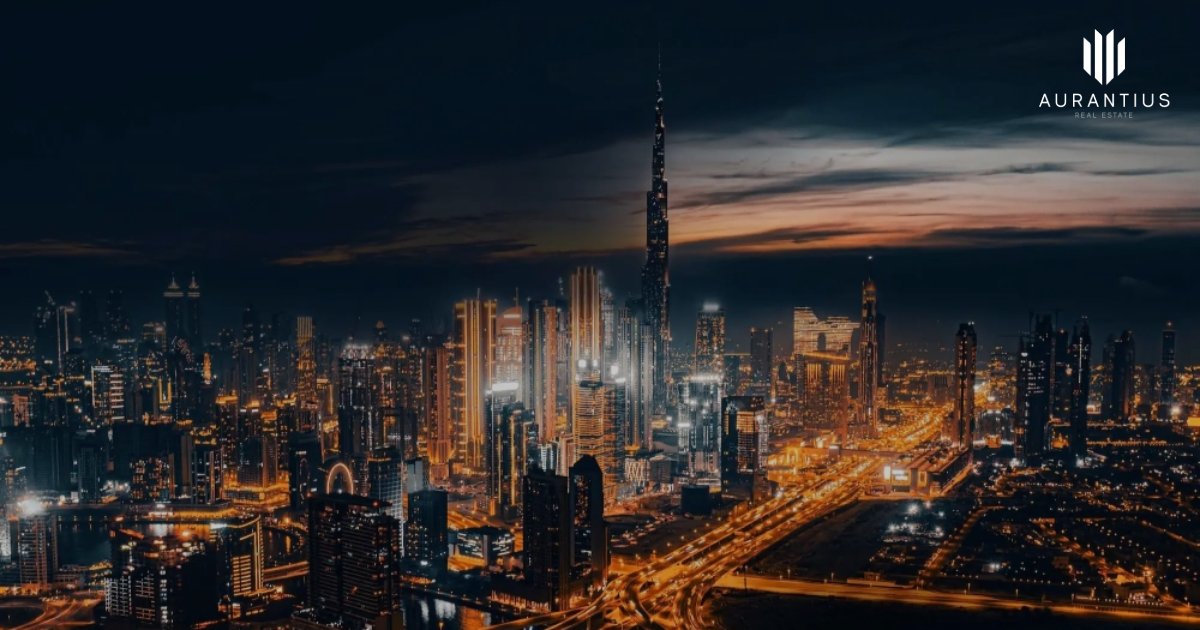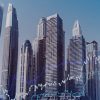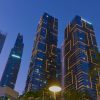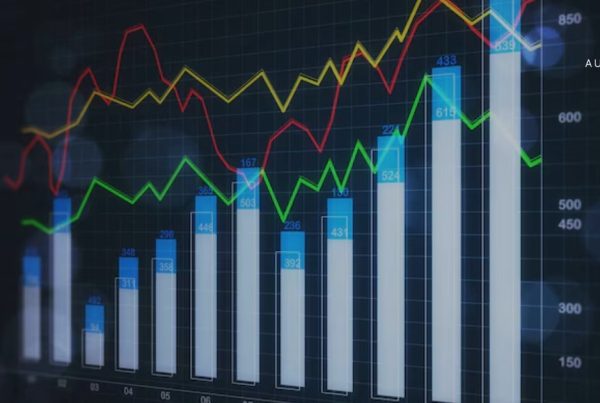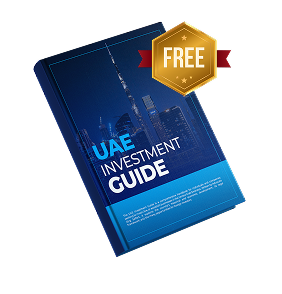Land Market Boom: JLL Report Shows 403% Growth and a New Urban Development Playbook
Dubai’s real estate sector has crossed yet another milestone, recording a dramatic transformation in land values, transaction volumes and development activity between 2019 and 2024. According to JLL’s new report, *Beyond the Skyline: Dubai’s Land Market Transformation Story*, land transaction values surged by 403.6 per cent over this five-year period, redefining expectations for how global cities can attract investment, absorb population growth and execute long-term development strategies. For investors, developers and institutional stakeholders, Dubai’s performance signals a sustained structural shift rather than a passing cycle.
Unprecedented Transaction Growth Driven by Policy, Demand and Confidence
The emirate’s land transaction values rose from Dh13.7 billion in 2019 to Dh68.8 billion in 2024, underscored by a jump in volumes from 691 to 1,991 deals. The momentum accelerated further in 2025, with the first half alone recording Dh43 billion worth of transactions, a year-on-year increase of more than 42 per cent. This trajectory reflects not only market confidence but also the success of Dubai’s integrated approach to planning, governance and demographic expansion.
Freehold areas have emerged as the strongest performers, registering a 495.8 per cent increase in transaction volumes compared to 240.7 per cent in non-freehold zones. The trend aligns with investor preference for unrestricted ownership rights, a key driver behind Dubai’s continued expansion of freehold districts. Recent conversions along Sheikh Zayed Road and Al Jaddaf have unlocked new corridors for prime development, drawing strong interest from both private and institutional players.
Major investment zones such as Business Bay, Downtown Dubai and Dubai Marina continue to dominate transaction values, while emerging destinations like Dubai South and the Dubai-Al Ain corridor are rapidly gaining scale. Mixed-use developments alone accounted for Dh70.3 billion in transaction value, reinforcing the shift toward integrated, high-density, amenity-rich districts.
Demographics and Infrastructure: The Engines Behind Dubai’s Urban Expansion
Dubai’s population has grown from 2.3 million in 2014 to more than 4 million in 2025, with projections indicating a rise to 5.8 million by 2040. Instead of exerting pressure on existing districts, this demographic expansion has been channelled into activation of peripheral zones and the creation of new master-planned communities. Areas like Dubai South, Reem and Dubai Islands are now absorbing demand that once flowed exclusively to established luxury districts.
Infrastructure investment remains central to this transformation. In 2025, Dubai allocated Dh39 billion – nearly 46 per cent of its annual budget – to infrastructure and construction. Key allocations include roads, utilities and mobility networks that support the city’s growing transit-oriented development strategy. This commitment has elevated private-sector confidence, with non-institutional developers now responsible for more than 42 per cent of the residential pipeline scheduled for 2026–2030. This shift reflects the scale and diversity of opportunities available to mid-size and boutique developers across the emirate.
Major developers such as Emaar, Nakheel and Sobha Realty continue to anchor Dubai’s prime residential market, but the rise in land availability has created room for new entrants, specialist builders and joint-venture partnerships across luxury, mid-market and mixed-use segments.
Regulatory Innovation Strengthens Transparency and Investor Trust
A defining characteristic of Dubai’s real estate ascent is its regulatory evolution. Mandatory escrow accounts, blockchain-enabled property registration and transit-oriented rezoning have collectively enhanced transparency and reduced development risk. The 2025 freehold conversion of 457 plots along Sheikh Zayed Road and in Al Jaddaf triggered immediate value appreciation and catalysed new mixed-use and waterfront proposals.
Market performance data highlights the impact of these reforms. Apartment prices have increased by 63.5 per cent since 2019, while villa prices have surged by 116.3 per cent. Transaction activity rose by an extraordinary 518.5 per cent, demonstrating high liquidity and depth in both primary and secondary markets. Commercial property performance mirrors this strength: Prime office rents climbed by 76.8 per cent, with Grade A rents up nearly 70 per cent, buoyed by historically low vacancy rates of 0.0 per cent and 4.6 per cent.
Geographically, Palm Jumeirah, Dubai Islands and MBR City stand out, while emerging zones such as Arjan and Dubai Creek Harbour recorded land value increases of up to 379.6 per cent. This dispersion of growth reflects a balanced development cycle driven by infrastructure connectivity, diversified demand and strategic planning.
A Market Defined by Strategy, Not Cycles
The JLL report reinforces a key narrative: Dubai’s real estate boom is not cyclical but structural. Demographic momentum, infrastructure investment and governance reforms have created a blueprint for sustainable urban development with global relevance. For investors, this means continued opportunity across residential, commercial and mixed-use segments, particularly in districts shaped by long-term planning and value-driven land allocations.
As Dubai advances toward its 2040 Urban Master Plan, land values, transaction volumes and investor activity are expected to remain robust, supported by the emirate’s clear economic vision and global connectivity. For those evaluating strategic entry into Dubai’s high-growth districts – from waterfront destinations to emerging suburban corridors – partnering with specialists who understand these long-term dynamics is essential.
To explore premium land, residential and investment-grade real estate opportunities across Dubai’s top-performing communities, connect with Aurantius Real Estate for data-backed advisory and expert guidance across the city’s evolving landscape.

